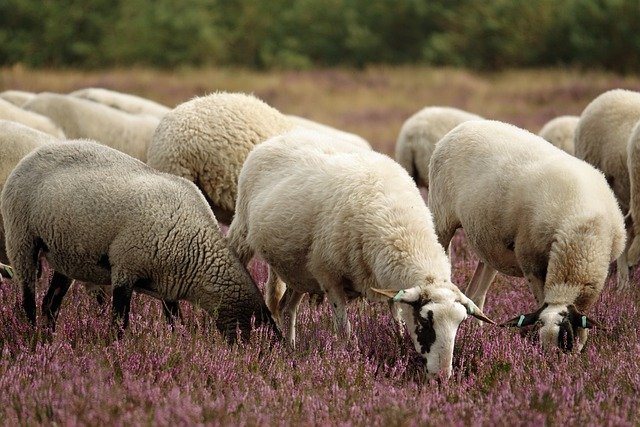Organic Food: Farming, Animals, and Meat Choices
Organic food refers to products grown and processed according to specific regulatory standards that restrict synthetic pesticides, fertilizers, antibiotics, and certain food additives. Consumers often choose organic for environmental, animal welfare, or perceived health reasons, but practices and labeling vary by country. Understanding how farms operate, how meat and animals are managed, and what farmers do helps clarify what the organic label means and what to expect in local markets. This article outlines key aspects of organic production and what it can mean for food choices.

This article is for informational purposes only and should not be considered medical advice. Please consult a qualified healthcare professional for personalized guidance and treatment.
How does a farm produce organic food?
An organic farm uses practices designed to maintain soil health and biodiversity while avoiding most synthetic chemicals. Crop rotation, cover crops, composting, and biological pest control are common methods. Soil fertility is built through organic matter rather than synthetic fertilizers, and seeds may be subject to specific rules. Certification typically requires a transition period during which land must be managed organically before products can be labeled organic. Local services and regulatory bodies set the criteria, so standards differ between regions.
What defines organic meat?
Organic meat comes from animals raised according to rules that limit antibiotics, growth promotants, and certain feed additives. Animals must receive organic feed and generally have access to the outdoors; some systems specify pasture access for ruminants like cattle and sheep. Processing and traceability are also regulated so that organic status can be verified from farm to slaughter. Organic meat may differ in production method but not necessarily in guaranteed nutritional profile; research shows variable outcomes, and consumers should consider labeling, inspection, and certification details.
How are animals raised in organic systems?
Raised animals in organic systems are managed to promote natural behaviors and reduce routine use of drugs. Standards typically require appropriate space, outdoor access, and enrichment to support welfare. When illness occurs, veterinarians can treat animals, but use of antibiotics may affect the animal’s organic status unless rules allow documented therapeutic use followed by an appropriate withdrawal period. Feed must meet organic specifications, meaning it is produced without prohibited chemical inputs. Practices aim to balance animal health, environmental stewardship, and food safety.
What role does the farmer play in organic practices?
The farmer is central to organic outcomes, making daily decisions about soil management, livestock care, and record-keeping. Farmers implement integrated pest management, select crop varieties suited to local conditions, and plan rotations to reduce disease and pest pressure. For livestock, farmers manage nutrition, housing, and preventive care to minimize stress and disease. Certification requires detailed records and sometimes independent inspections, so the farmer’s commitment to transparent management and continuous improvement is crucial for maintaining organic status and consumer trust.
How does organic food fit into diets and supply chains?
Organic food enters supply chains through certified producers, processors, and retailers, and may be available via local services, farmers’ markets, co-ops, or mainstream grocery channels. For consumers, organic can be one part of a balanced diet; choosing organic does not automatically guarantee healthier eating patterns. Availability and pricing vary by region, influenced by scale, certification costs, and transportation. Food safety, storage, and preparation remain important regardless of production method. When selecting organic options, consider labeling, producer transparency, and whether the product aligns with personal priorities like animal welfare or environmental impact.
Conclusion
Organic food encompasses a range of production practices across crops and livestock, governed by standards intended to reduce synthetic chemical inputs and support environmental and animal welfare goals. Farms, farmers, and the systems that move organic meat and produce to market each play distinct roles in delivering certified products. Consumers should review labels, consult local services, and consider broader dietary and sustainability goals when evaluating organic options.






